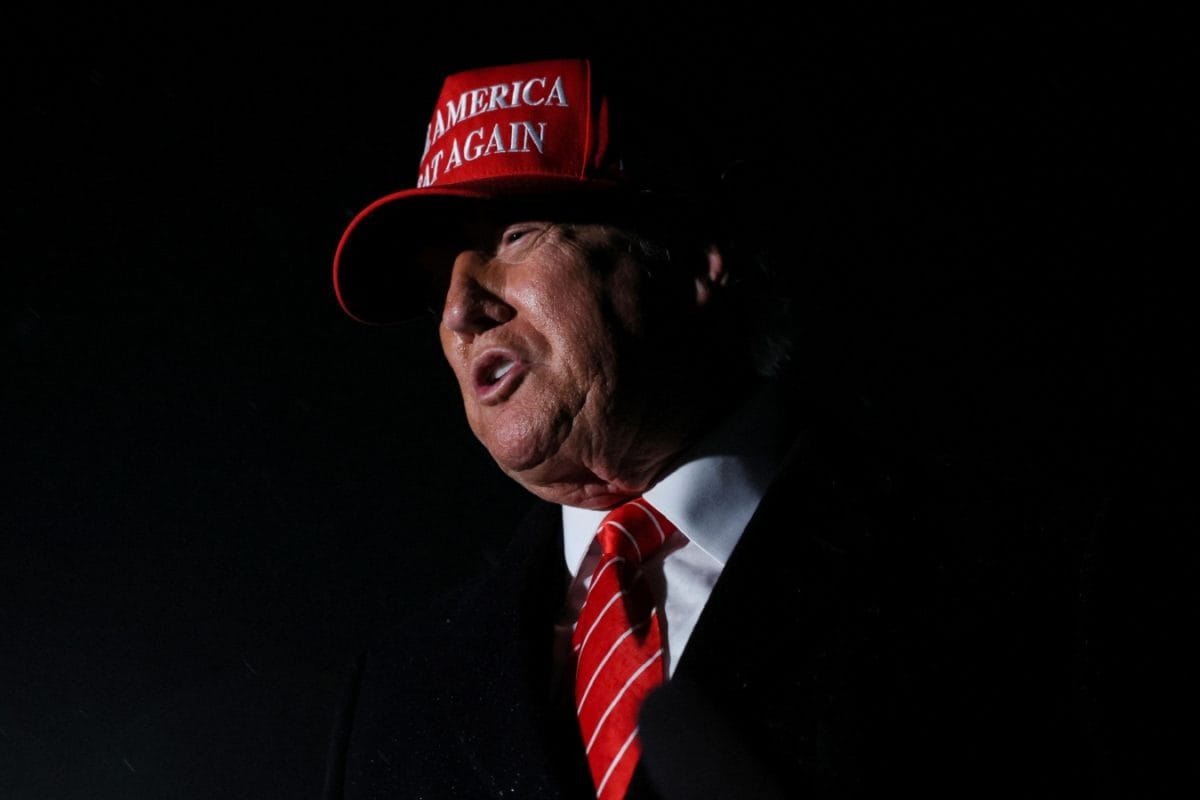

Amidst ongoing discussions and recent legal developments in the United States, the prospect of a trade deal with India remains a significant point of interest. Recent reports suggest that the U.S. and India are on track to finalize the initial phase of a Bilateral Trade Agreement (BTA) before July. This development is seen as a crucial step in strengthening the economic partnership between the two major economies, potentially unlocking opportunities for increased trade and investment collaboration.
Several rounds of talks have already taken place, including a visit by an Indian delegation led by Commerce and Industry Minister Piyush Goyal to Washington. A high-level U.S. delegation is scheduled to visit New Delhi in early June to further advance negotiations. The aim is to sign the first part of the BTA before July 8, coinciding with the end of a 90-day pause on additional tariffs.
The ambitious goal is to more than double bilateral trade to $500 billion by 2030. To achieve this, both countries are focused on increasing market access, reducing tariff and non-tariff barriers, and deepening supply chain integration. India has reportedly been preparing to eliminate tariffs on thousands of products, including automobiles and agricultural goods. They are also considering opening its government procurement market, adjusting intellectual property and data laws, and allowing greater foreign market access, including approving Starlink's satellite internet services.
However, recent events have introduced an element of caution. A U.S. trade court struck down Trump-era tariffs, deeming them invalid without Congressional approval. This ruling has prompted some experts to advise India to reassess its negotiation strategy. The Global Trade Research Initiative (GTRI) has suggested that India should avoid agreements influenced by threats or unlawful measures, emphasizing the need for a balanced and fair deal.
Despite these concerns, Indian officials have maintained that the trade deal is still on track. Union Commerce Minister Piyush Goyal affirmed that the deal with Washington remains "well on track," emphasizing that India does not interfere in other countries' internal matters. A senior commerce ministry official also downplayed the U.S. court ruling, stating that negotiations would continue as planned.
In 2024-25, the United States remained India's primary trading partner for the fourth consecutive year, with trade between the nations reaching $131.84 billion. During this period, India recorded a goods trade surplus of $41.18 billion with the U.S. The U.S. has long-recognized trade barriers with India. As a result, the United States ran a $45.7 billion goods trade deficit with India in 2024, a 5.1% ($2.2 billion) increase over 2023.
As negotiations progress, both countries are focused on addressing key issues and ensuring a mutually beneficial outcome. The U.S. seeks to increase market access, reduce tariff and non-tariff barriers, and secure additional commitments to ensure long-term benefits. India, on the other hand, is looking for enhanced exports of labor-intensive manufactured products to the United States, as well as increased trade in agricultural goods. The evolving situation requires careful navigation to ensure that the final agreement promotes fairness, national security, and job creation for both nations.